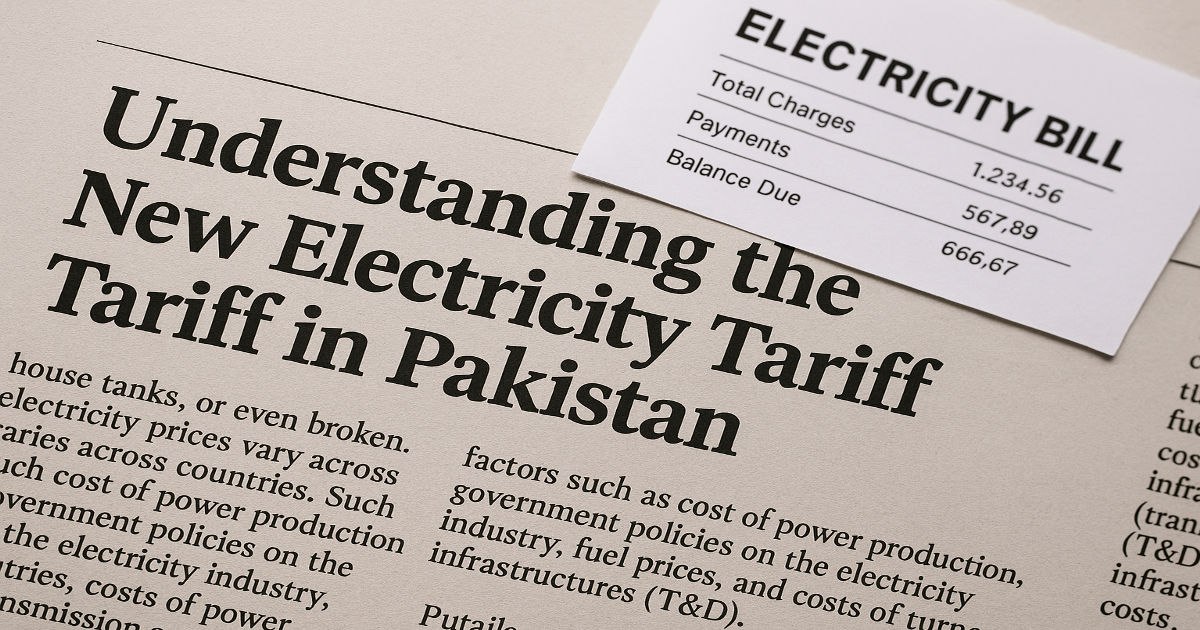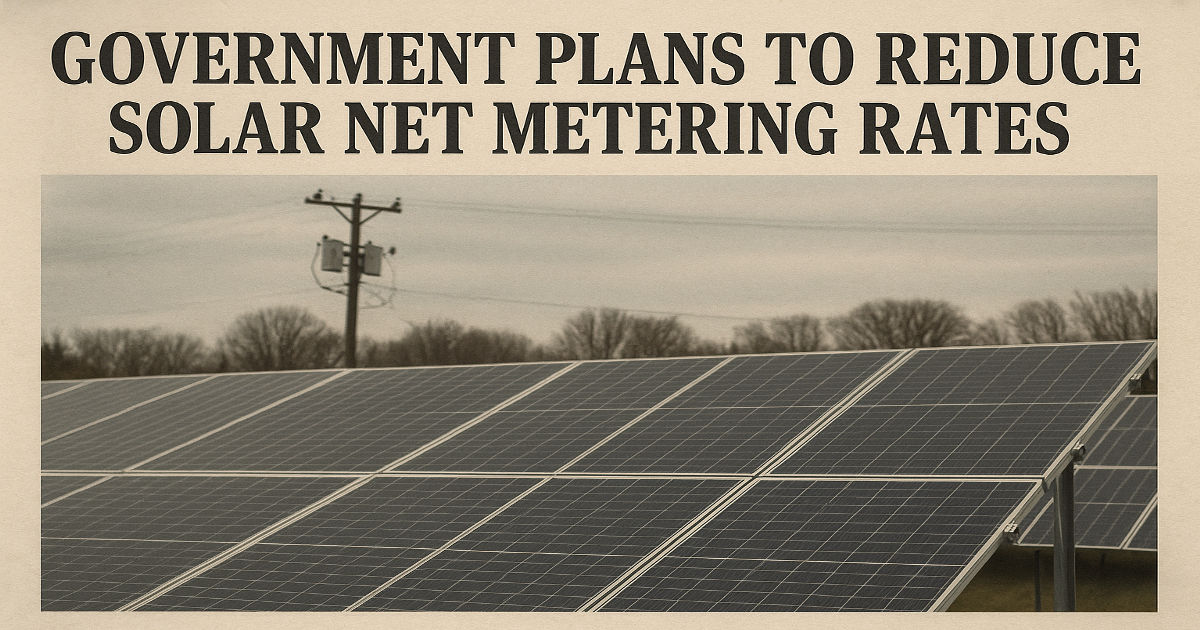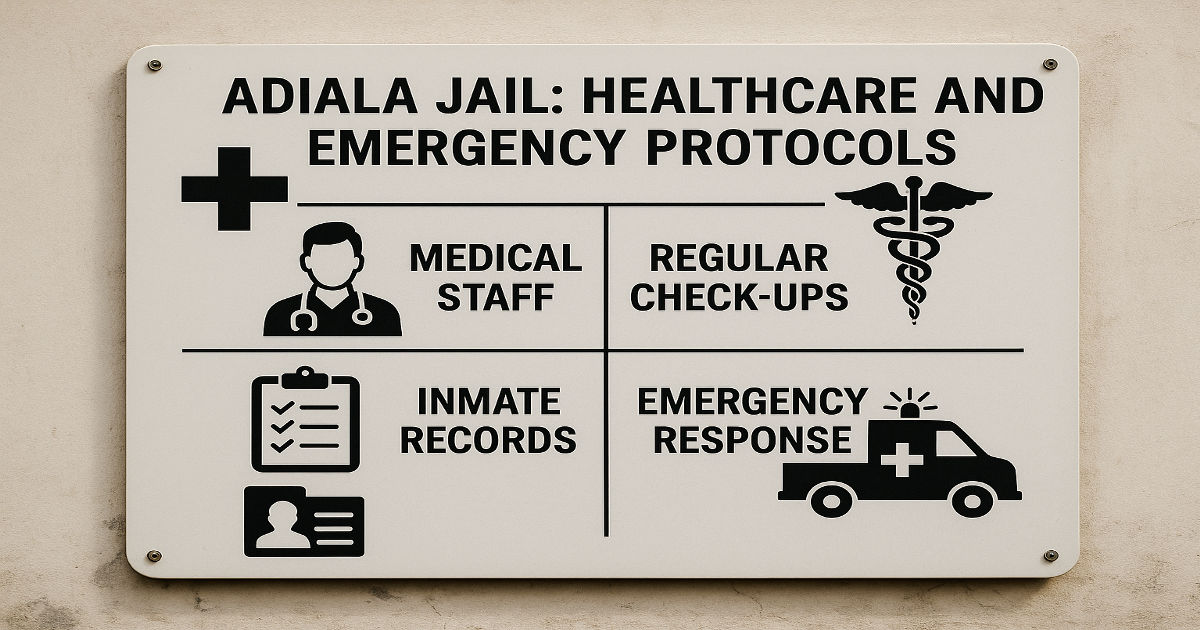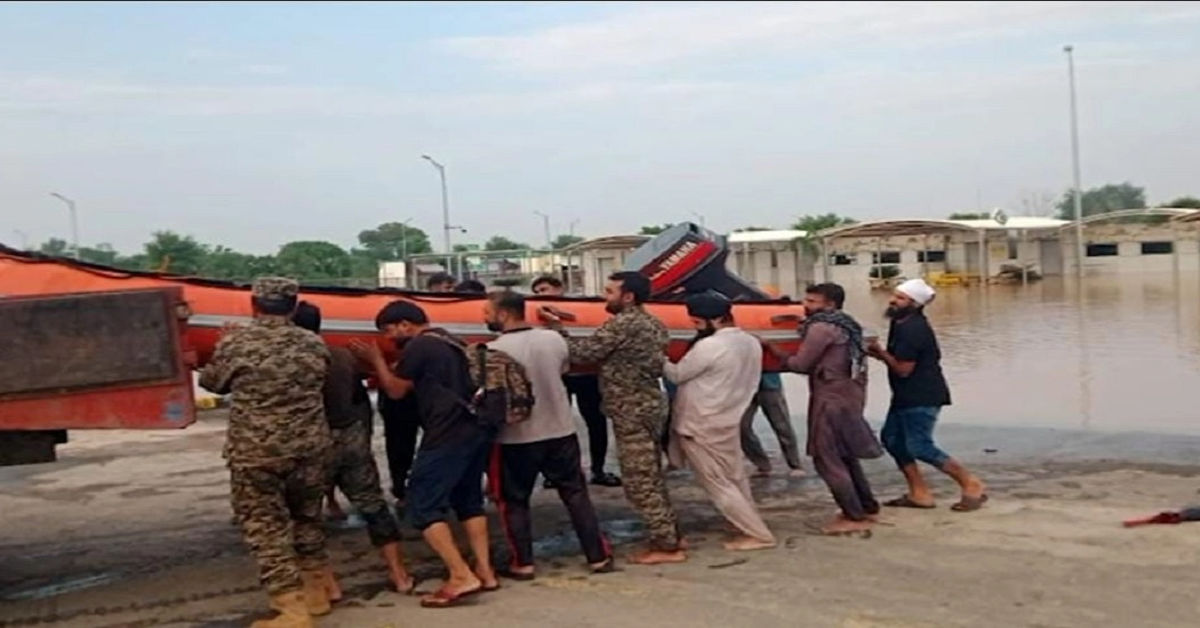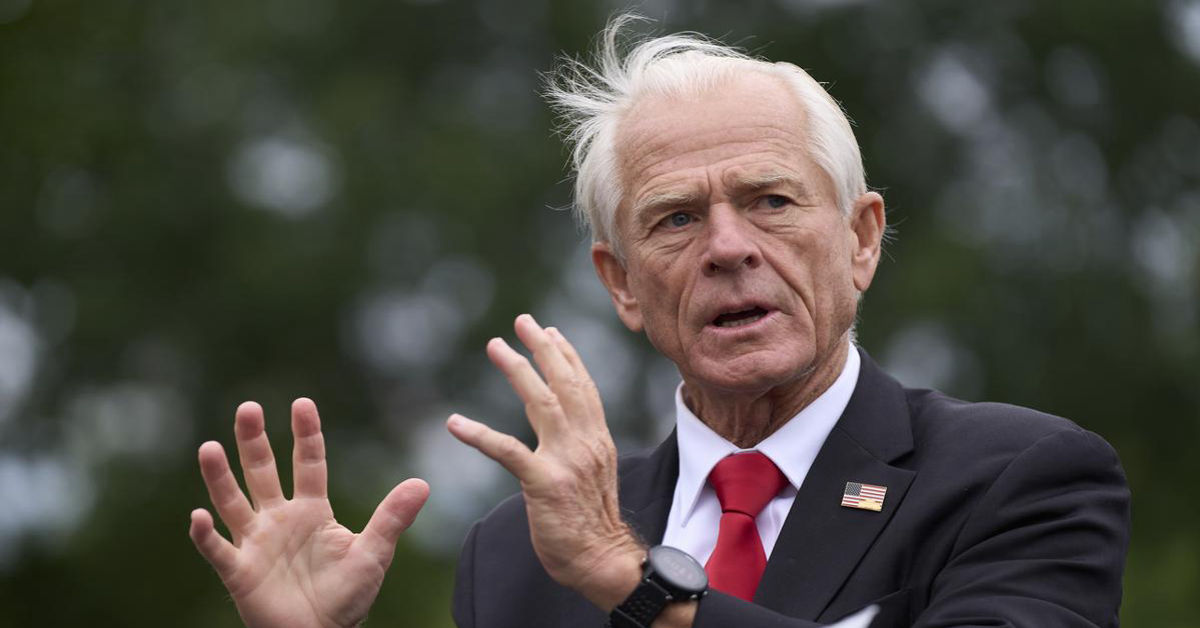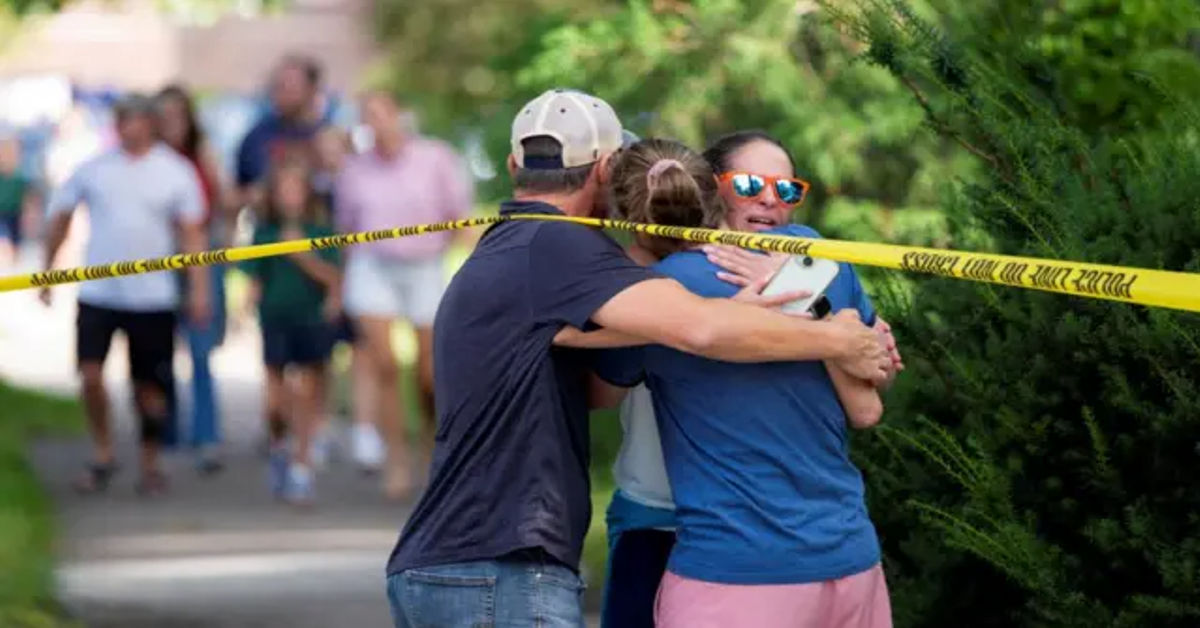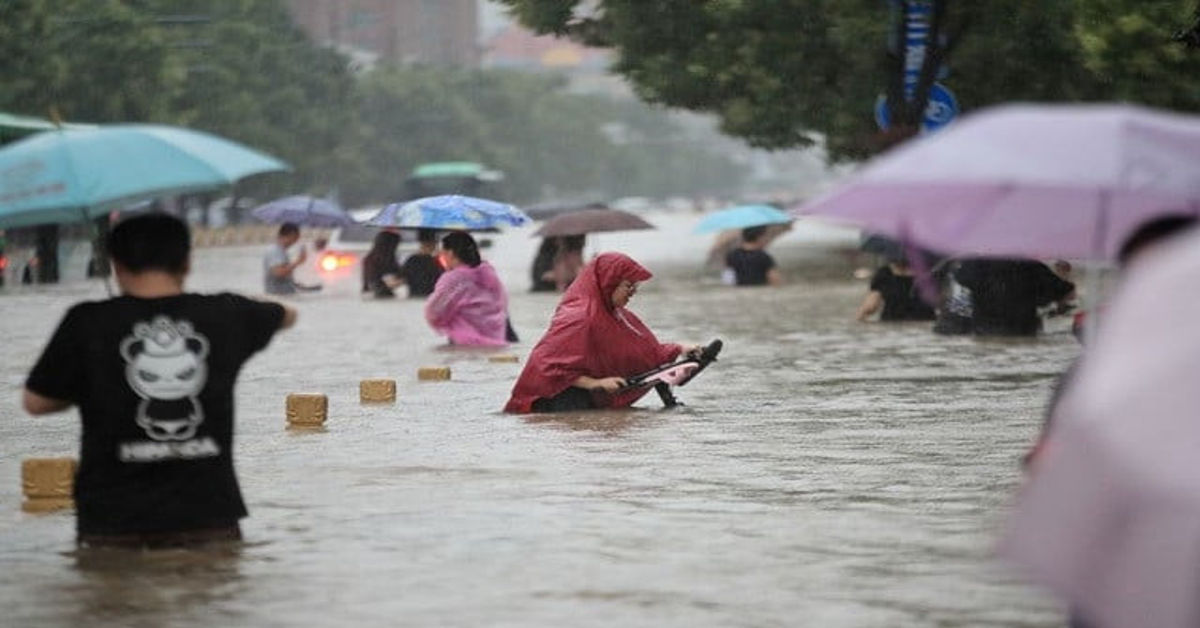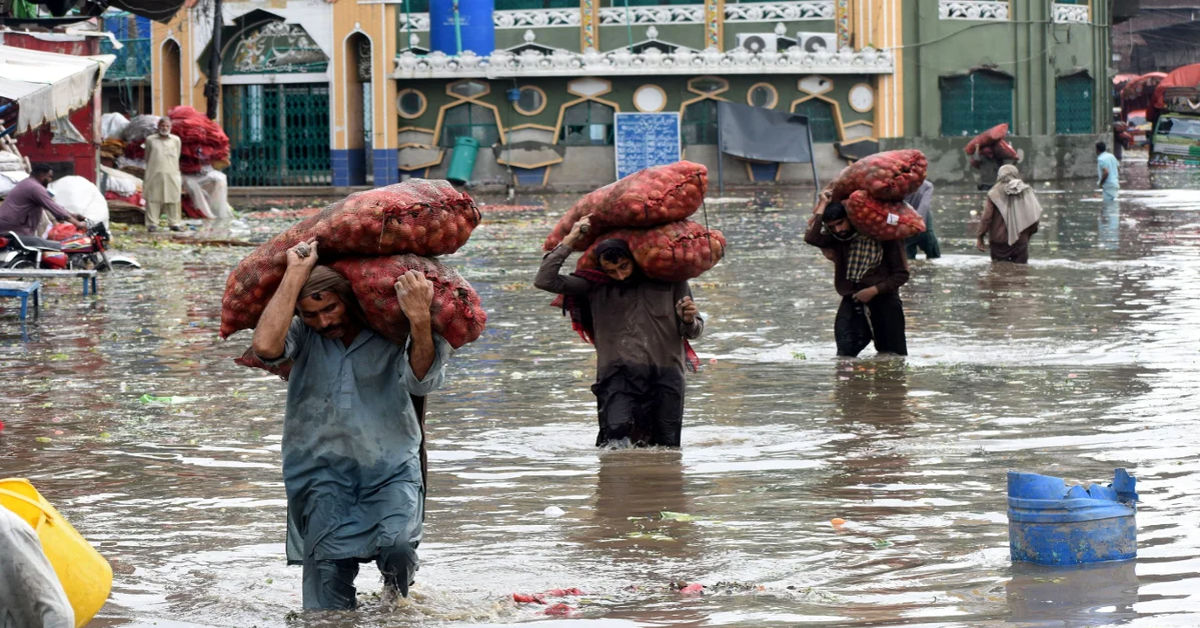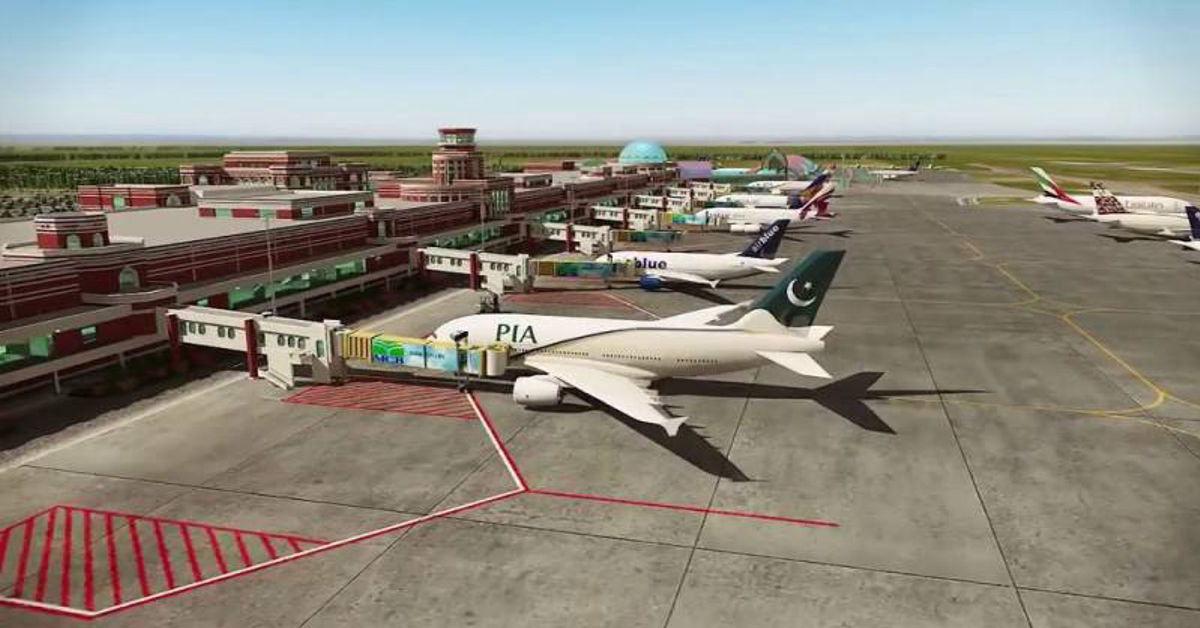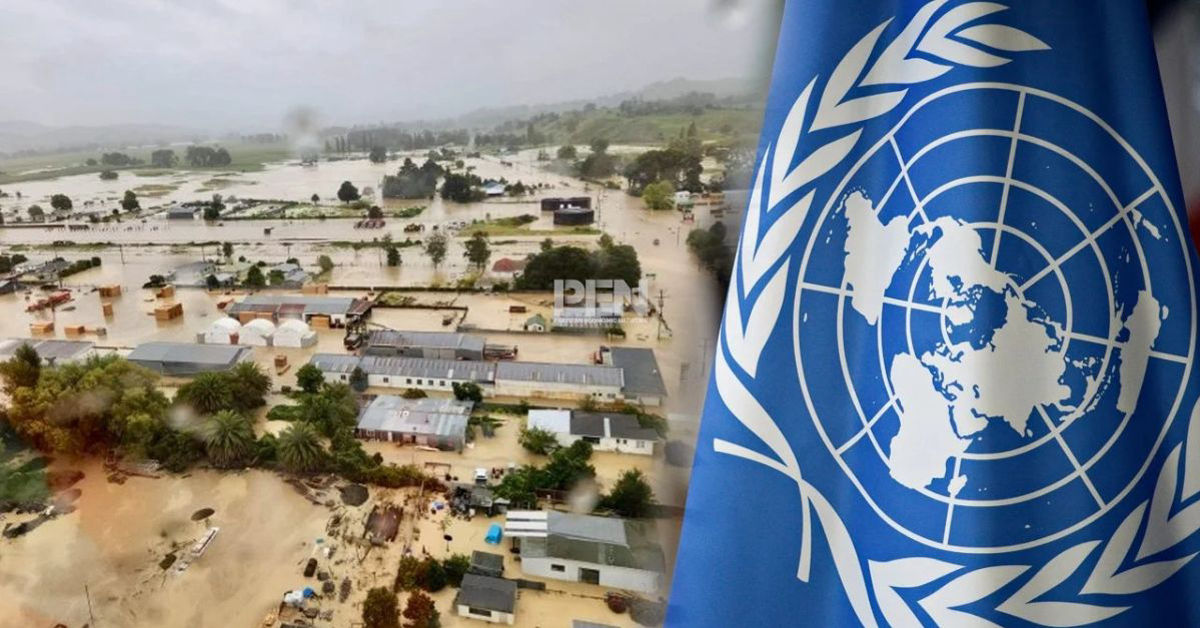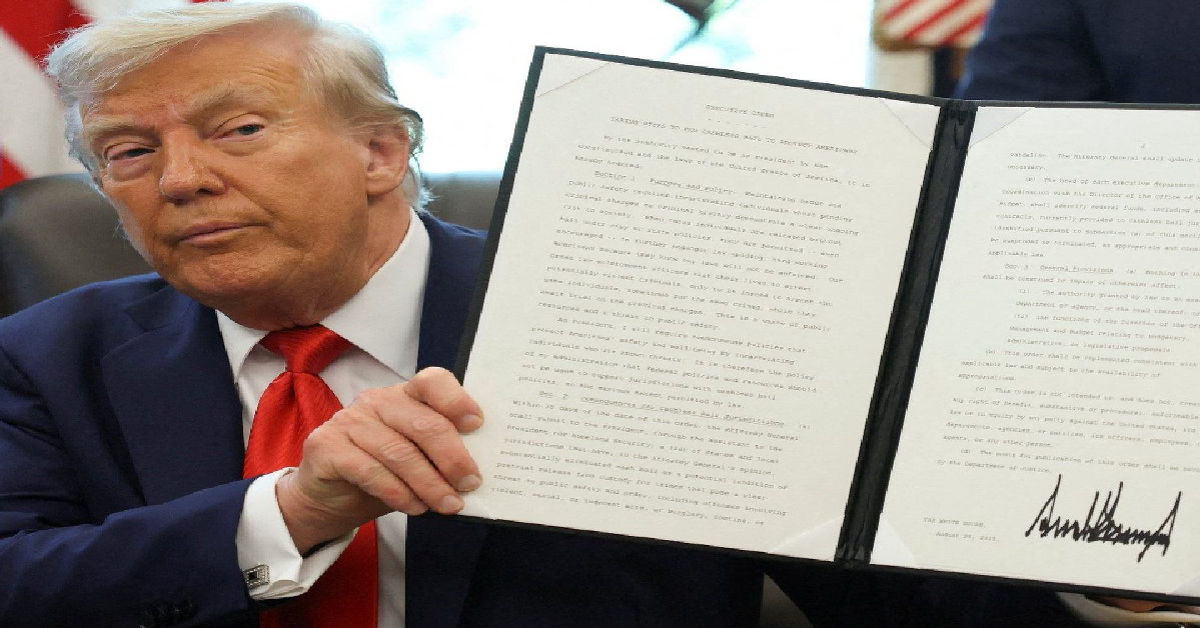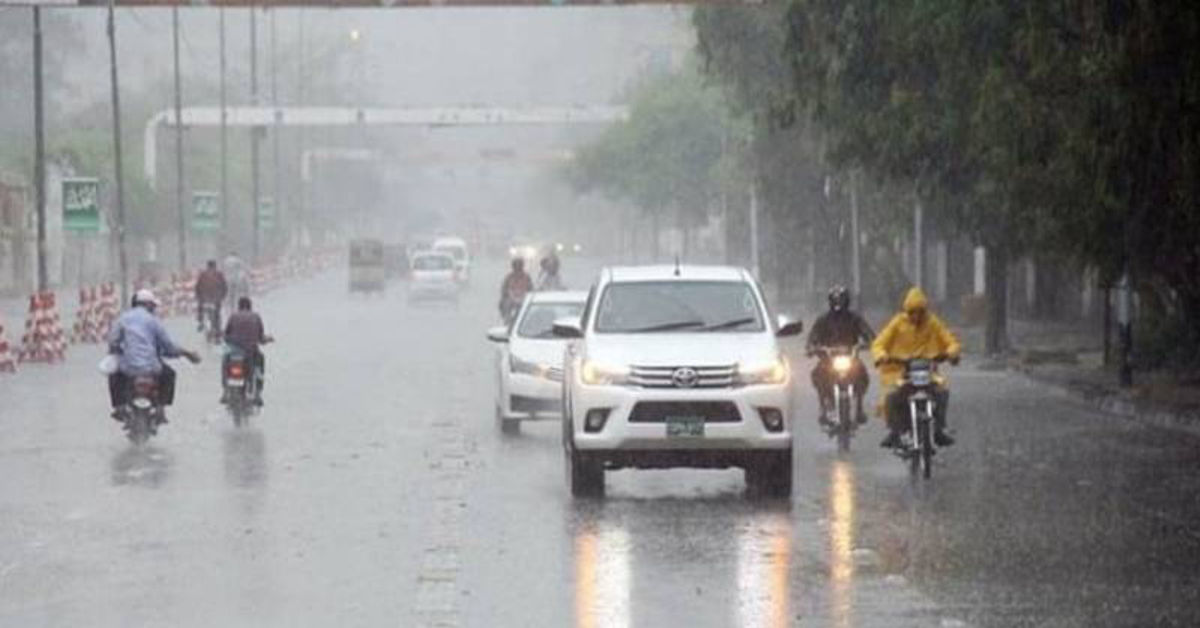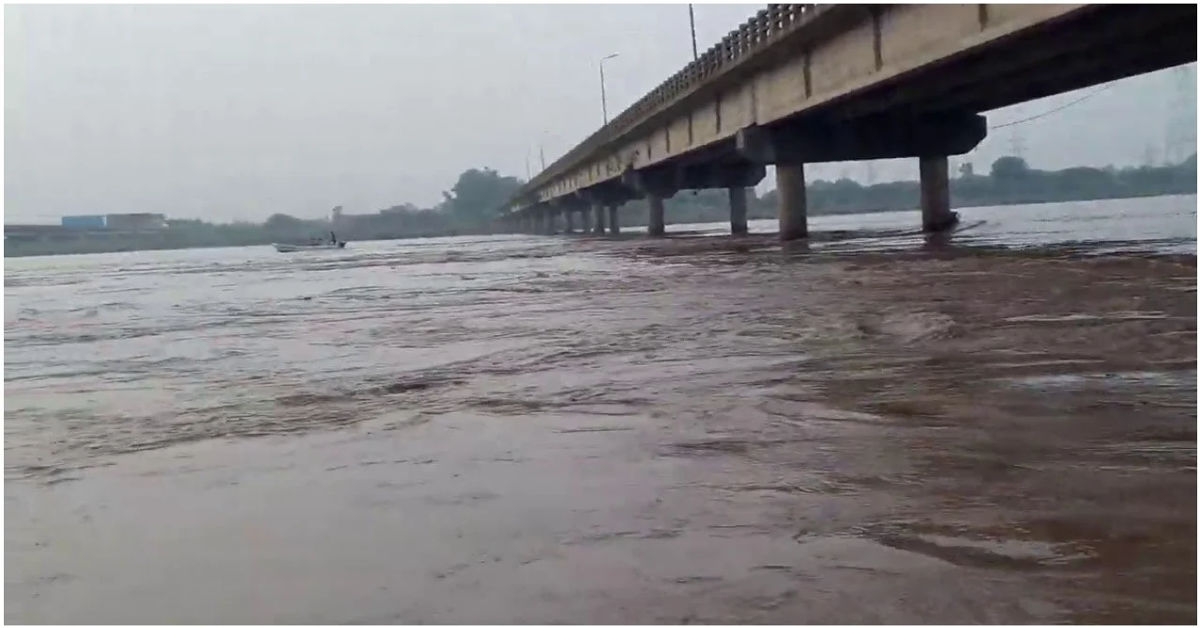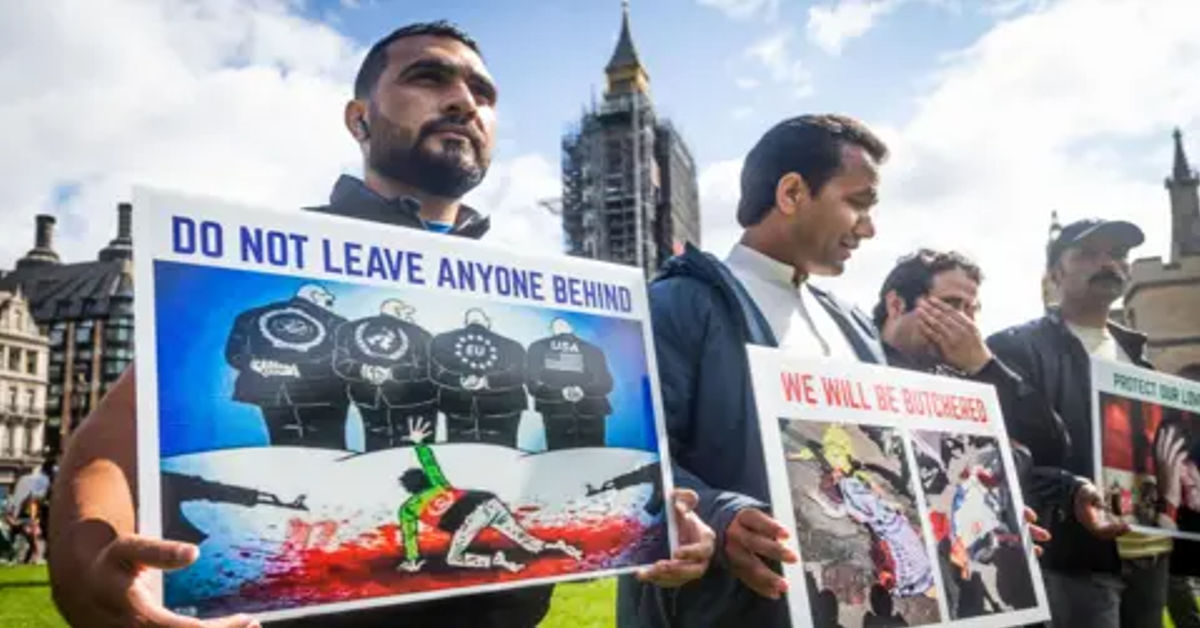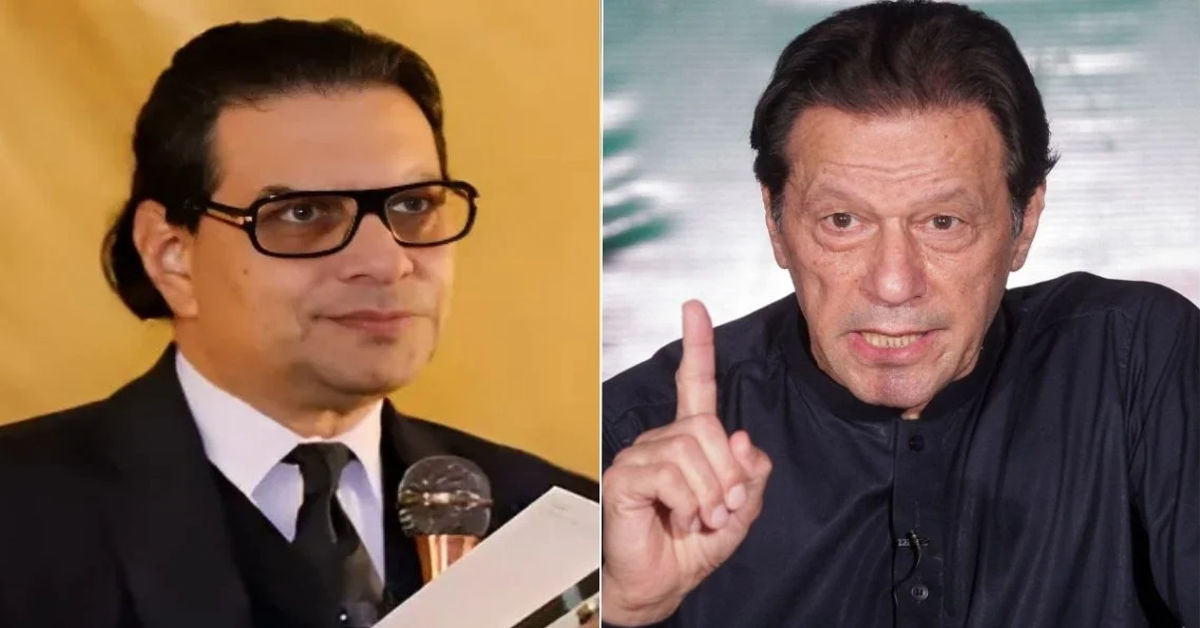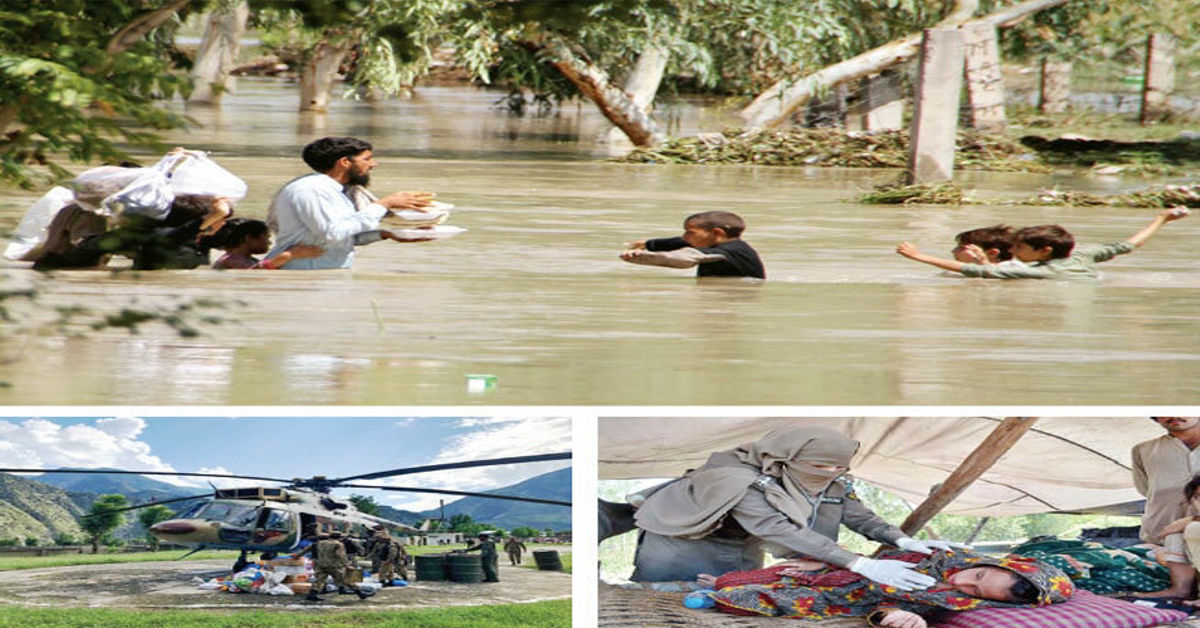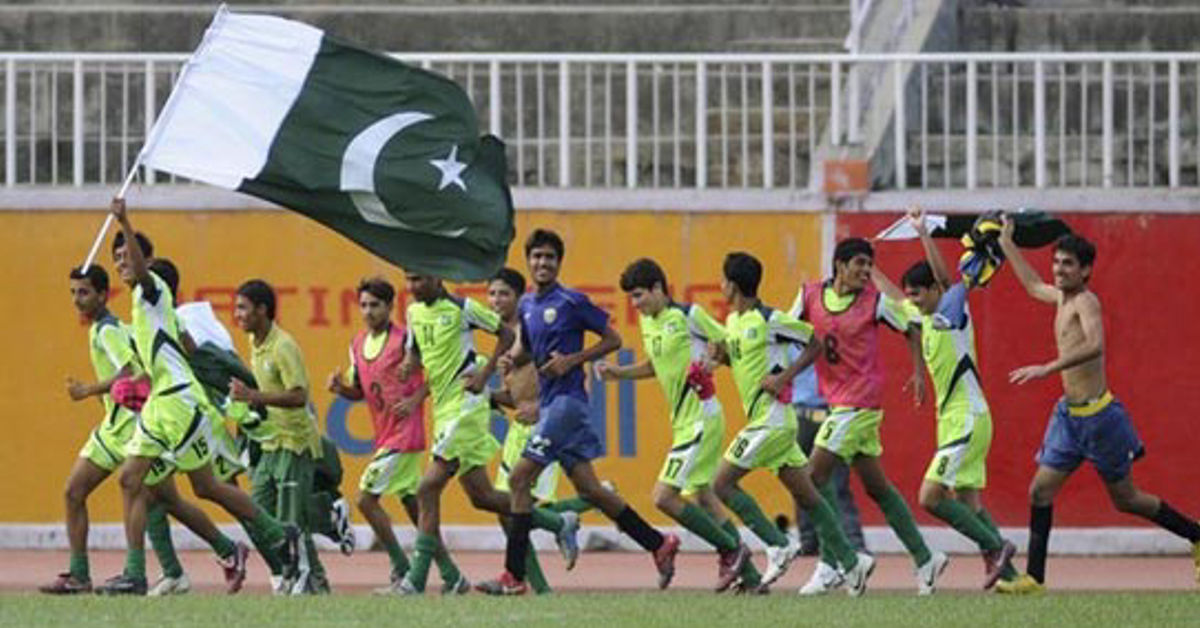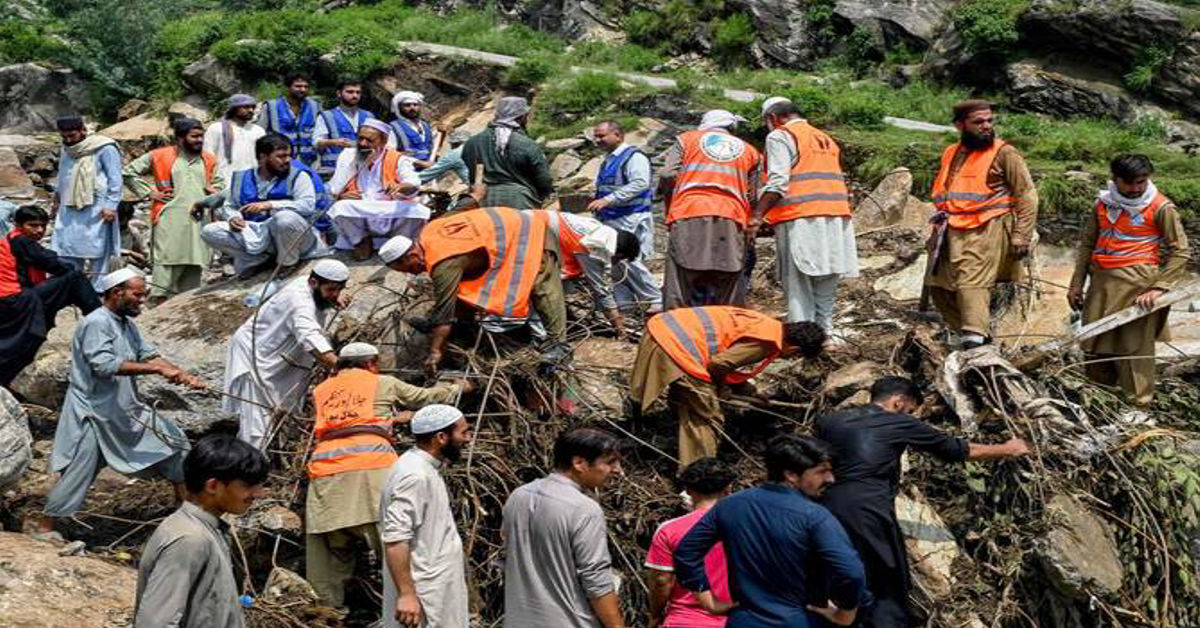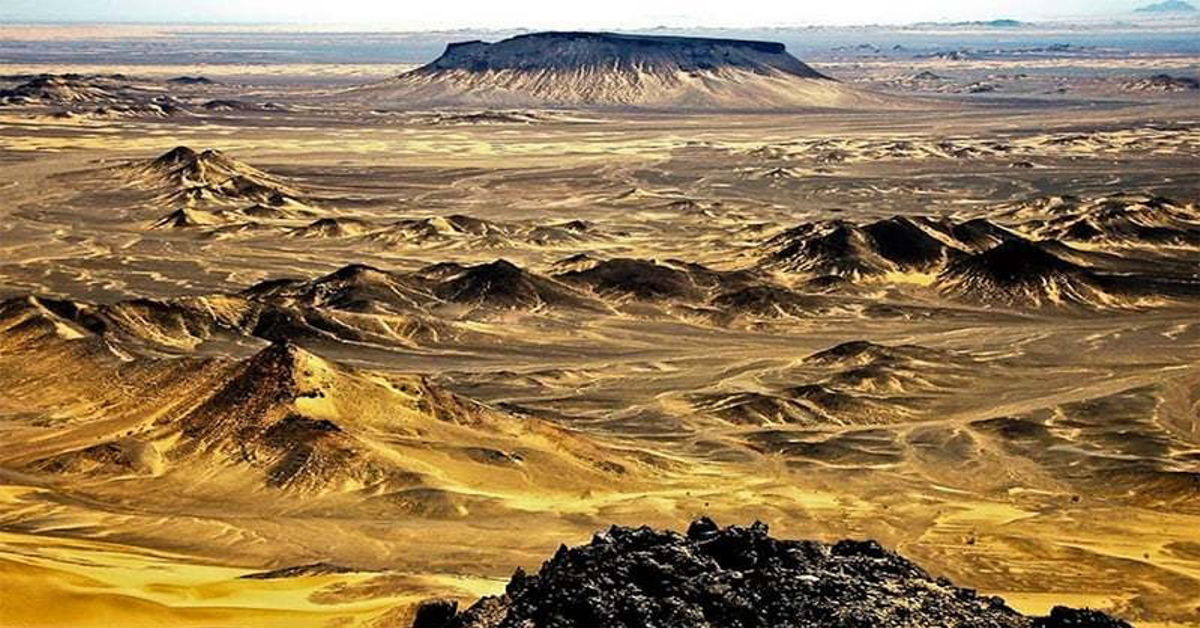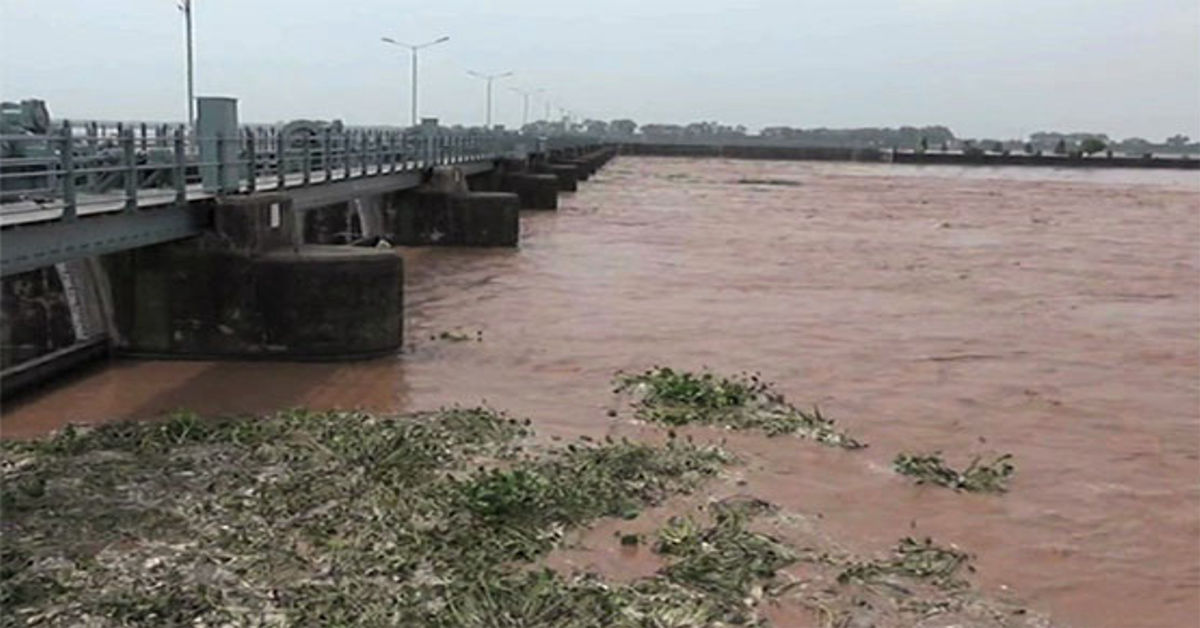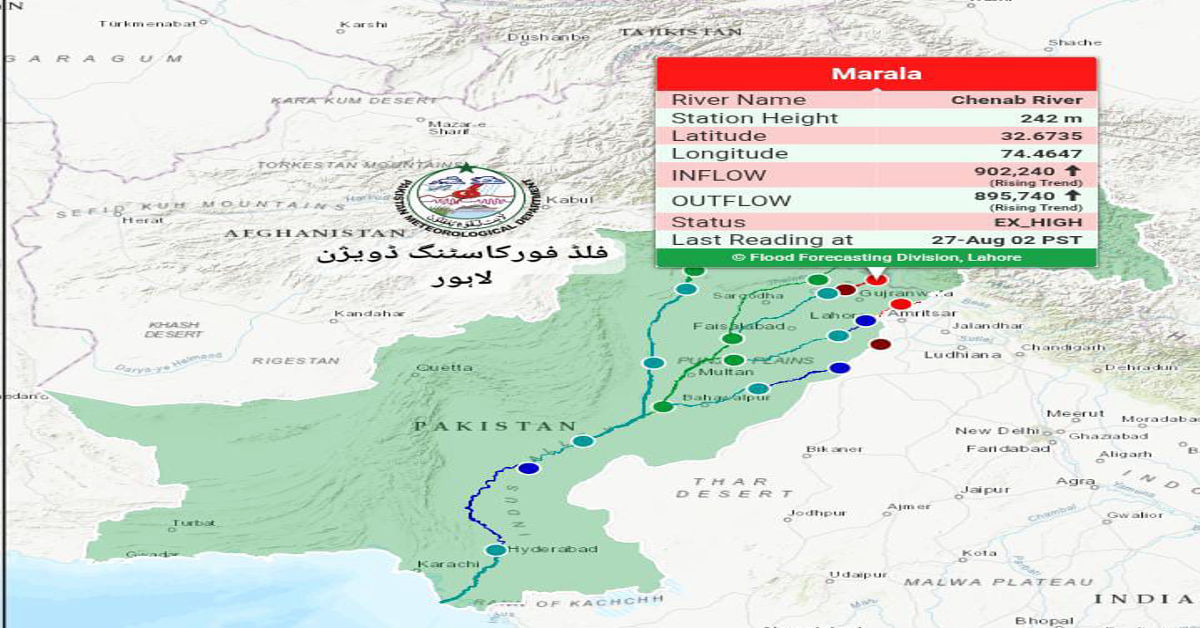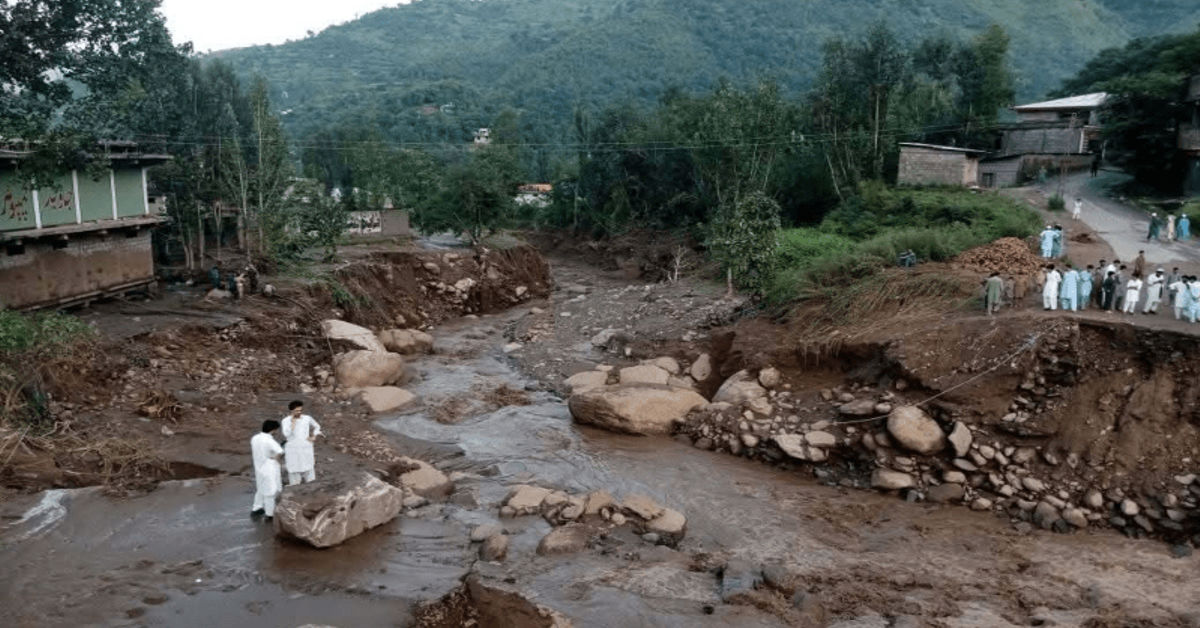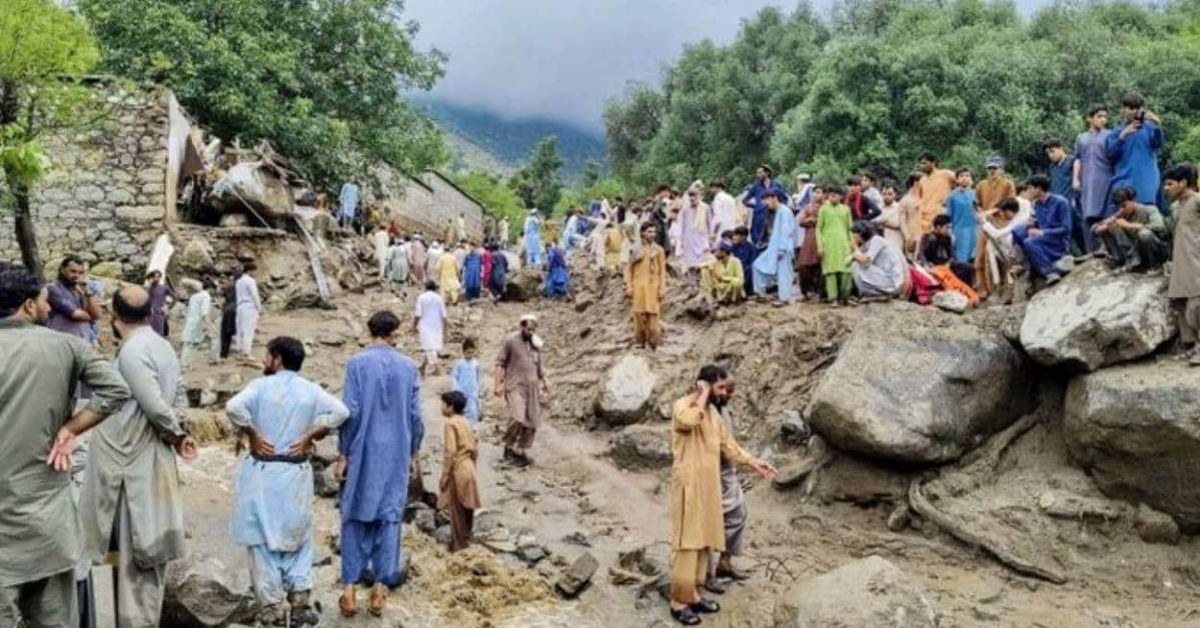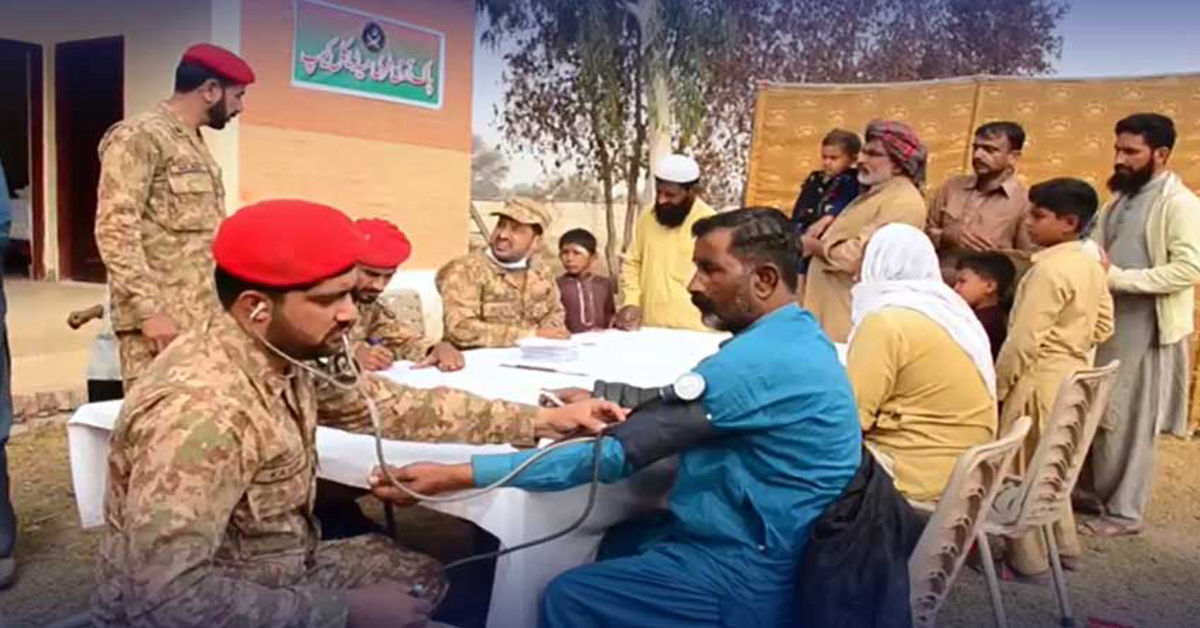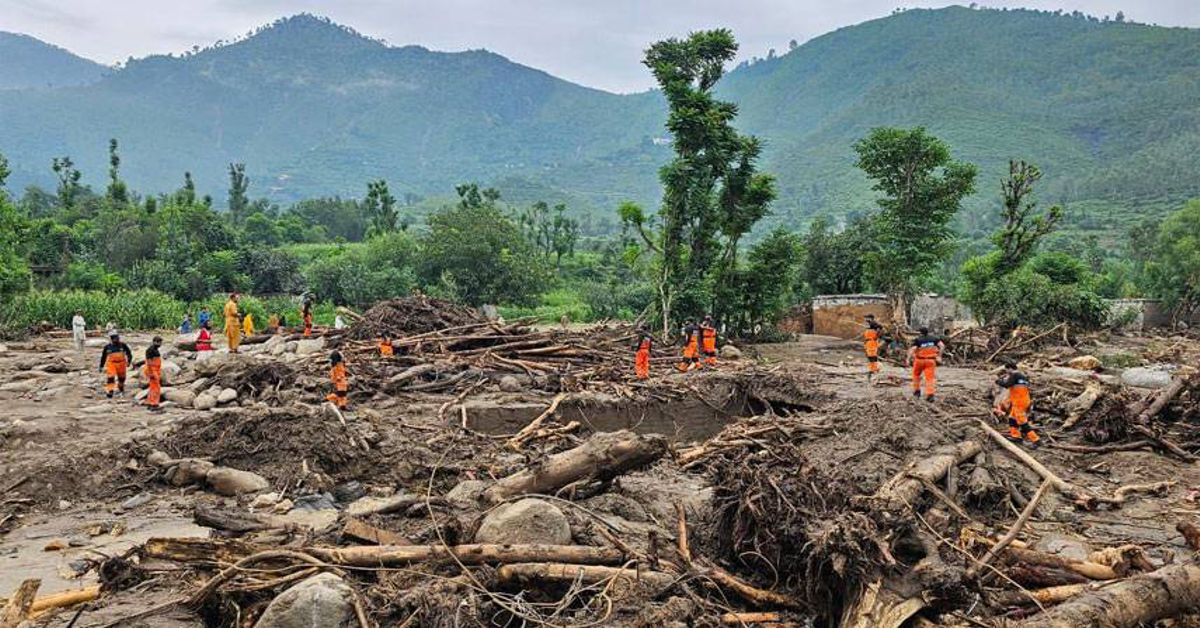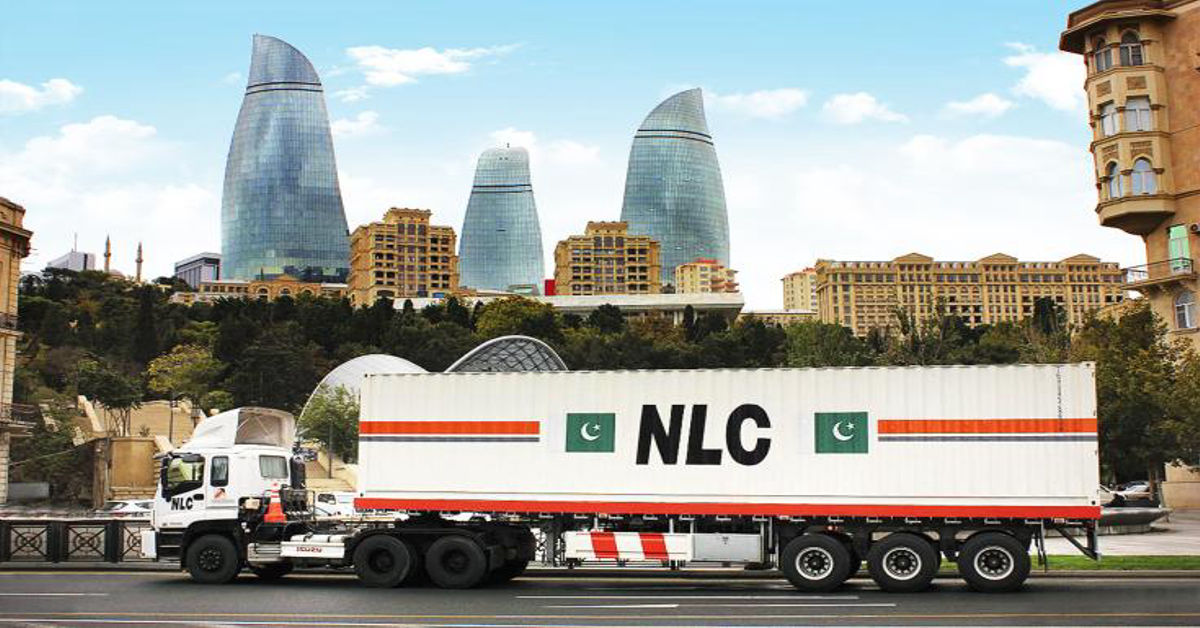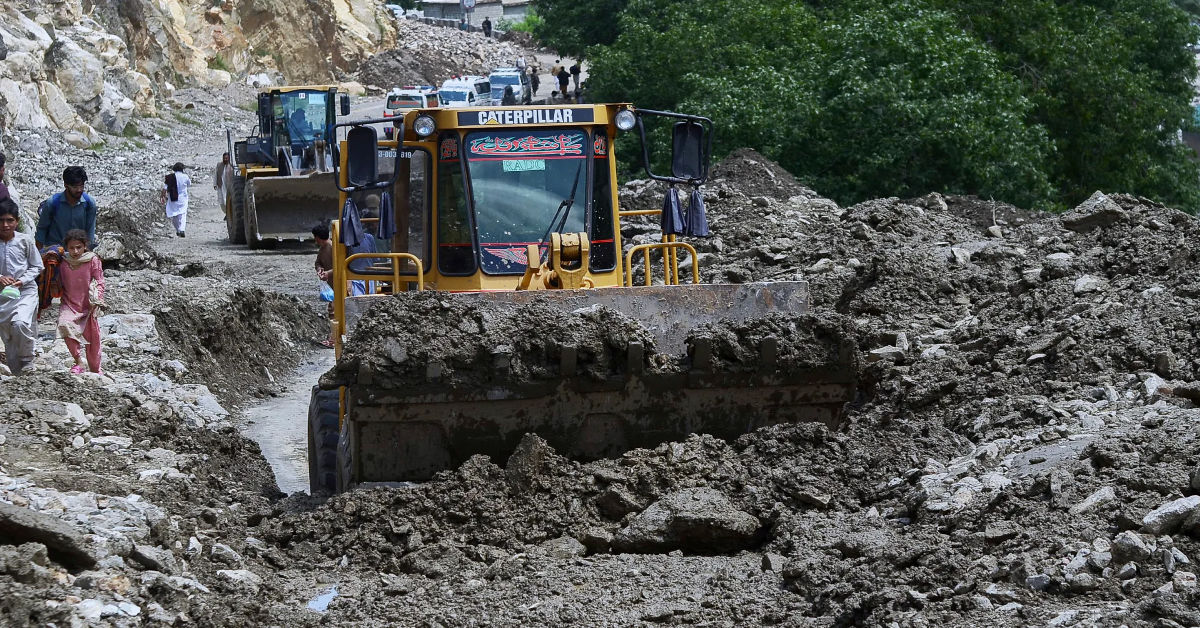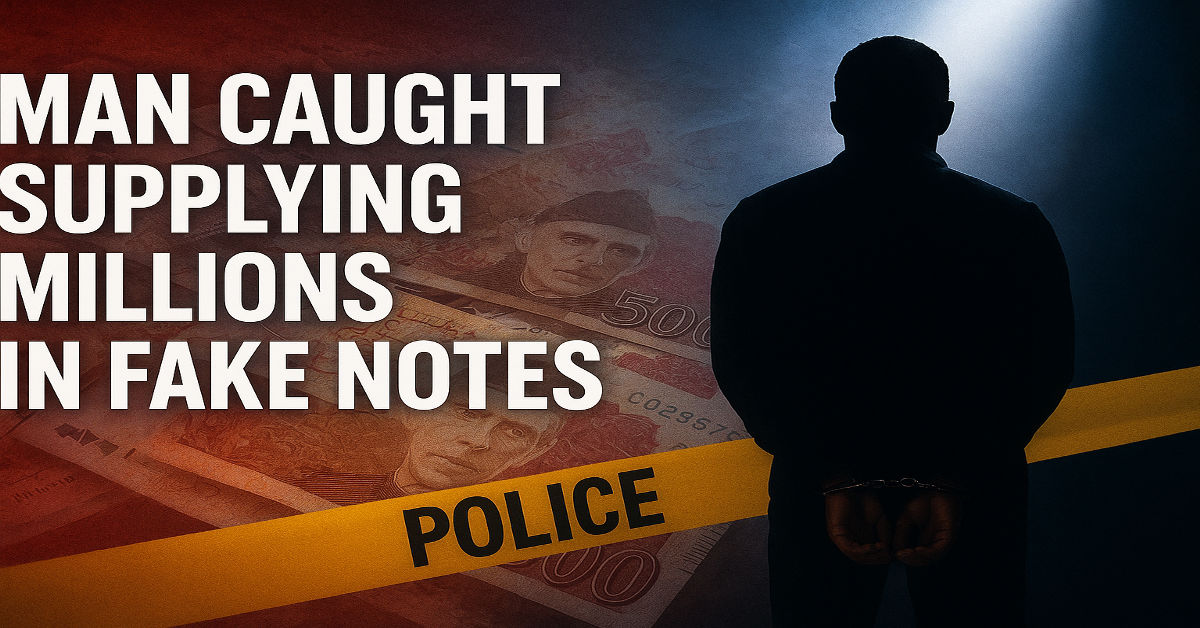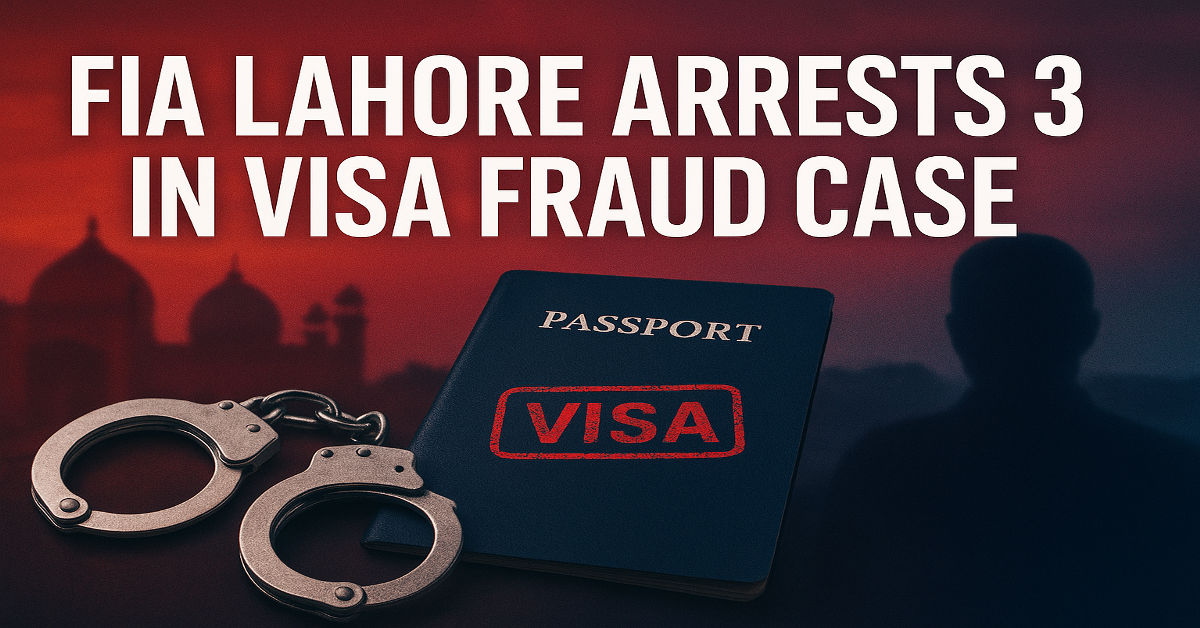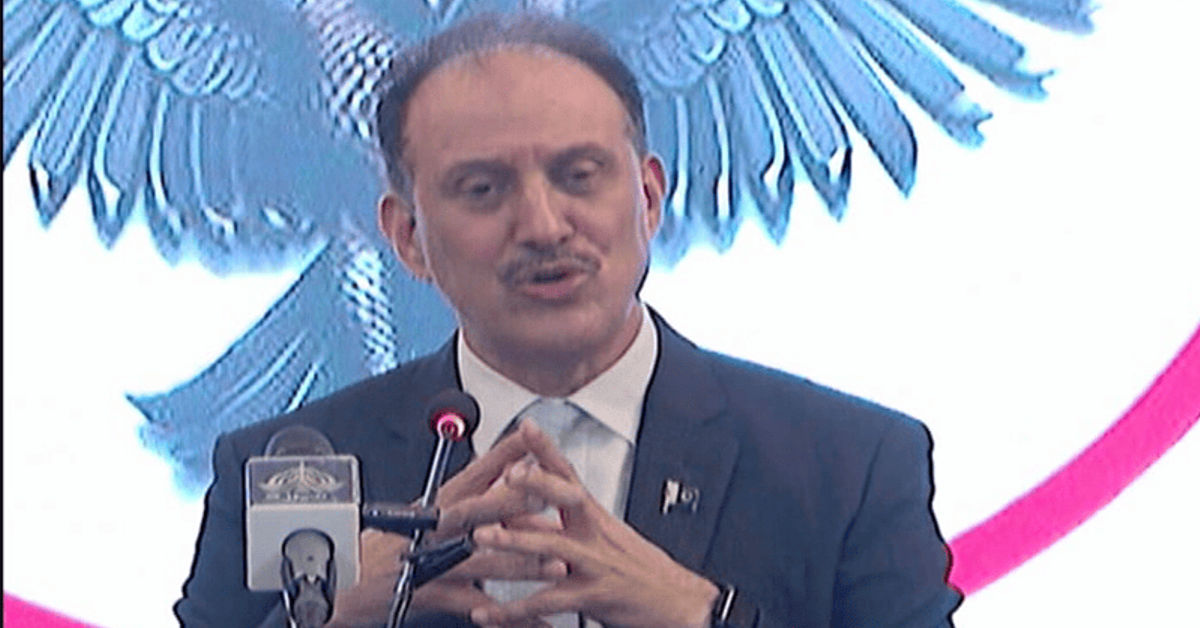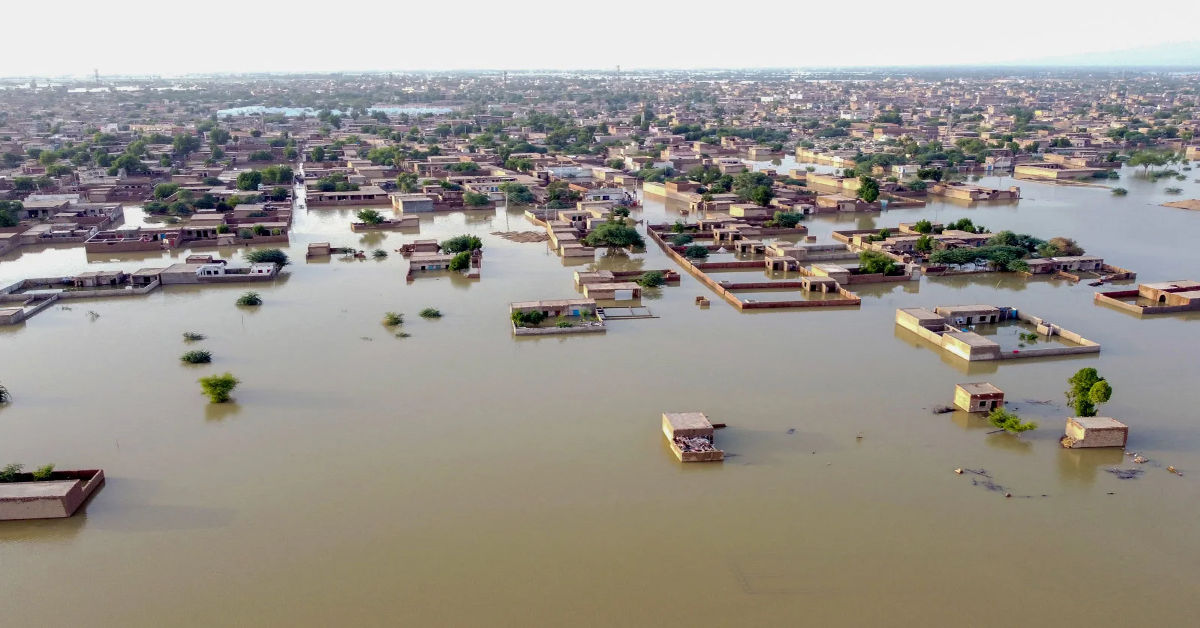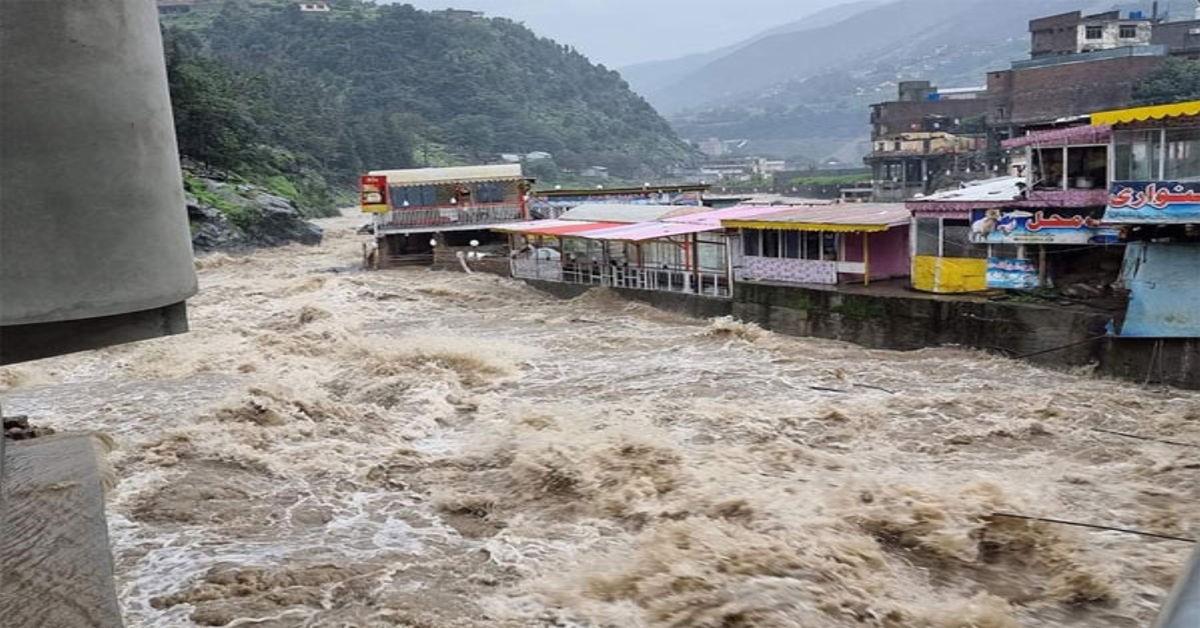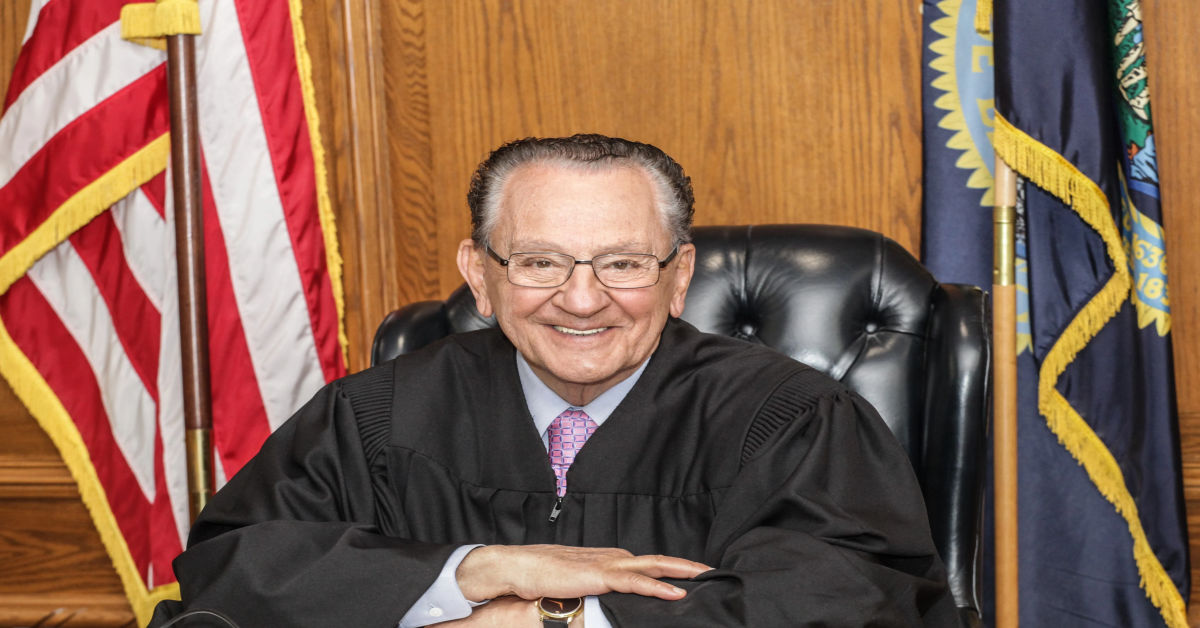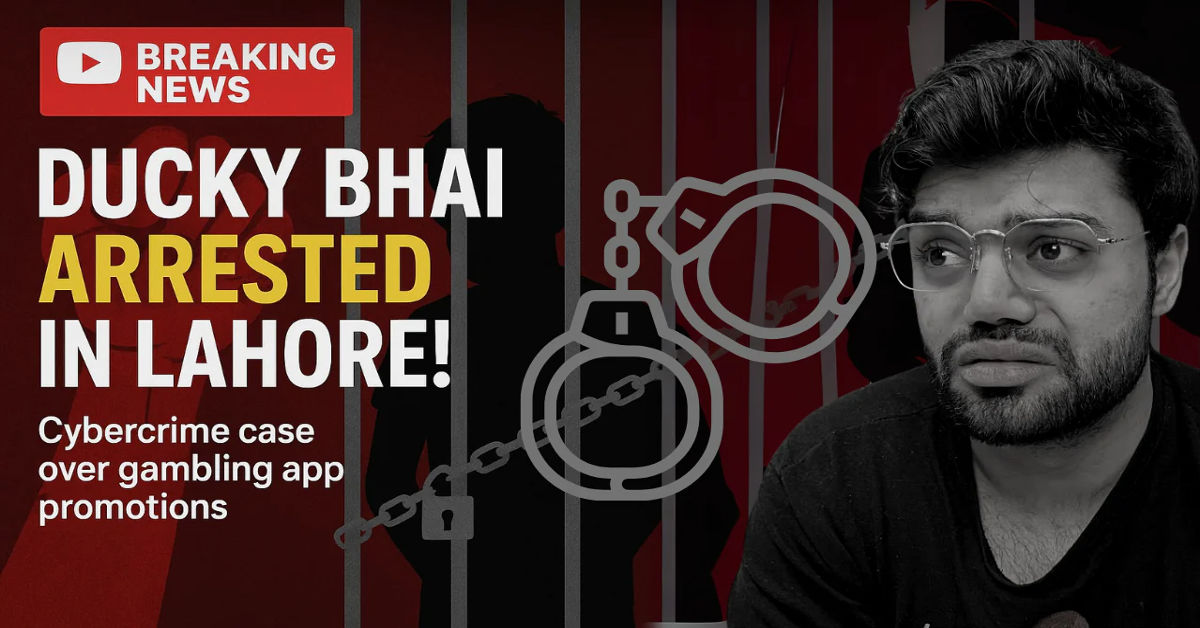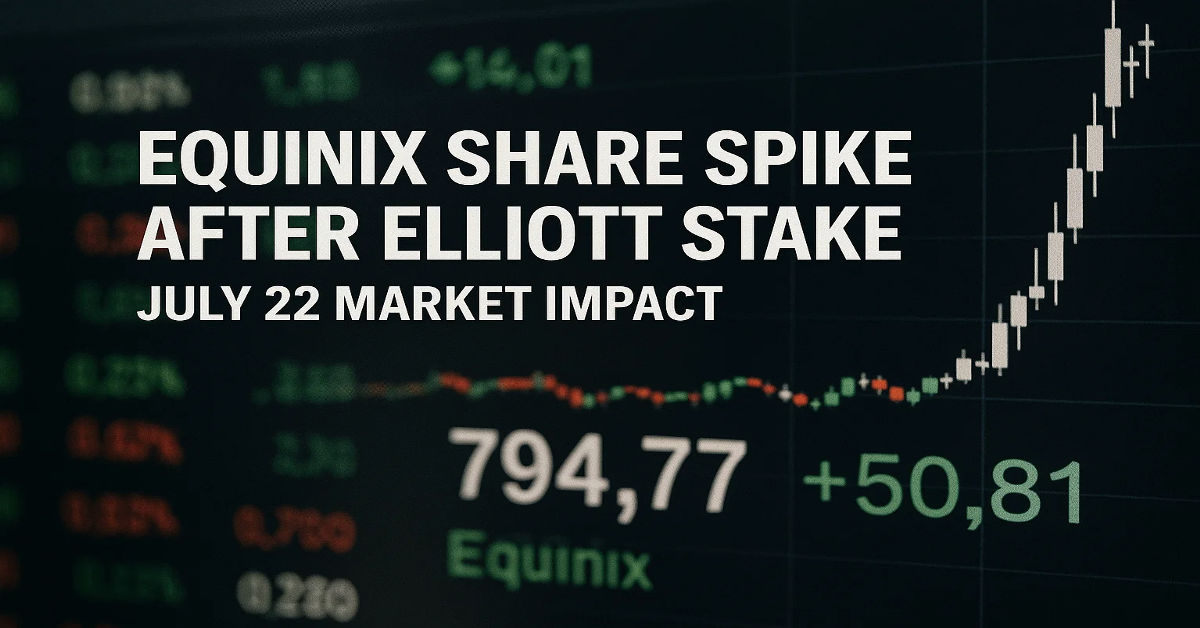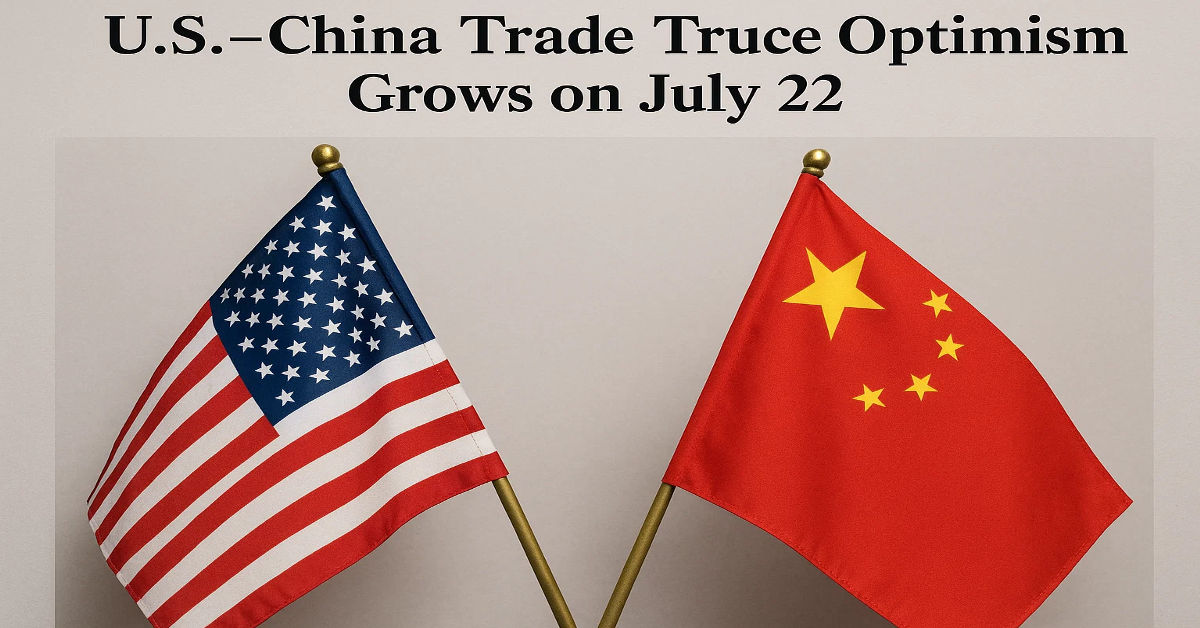
LOS ANGELES – July 23, 2025 — Waves of protest have swept across Los Angeles following a string of controversial ICE arrests, intensifying the city’s ongoing struggle between immigration enforcement and human rights advocacy. The immigration protests in Los Angeles have drawn nationwide attention, highlighting a growing rift between federal authorities and sanctuary city communities.
A Sudden Surge in Enforcement Activity
Tensions escalated last week after U.S. Immigration and Customs Enforcement (ICE) agents conducted coordinated raids in several neighborhoods, including Boyle Heights, South Central LA, and Pacoima. These early-morning operations resulted in the detention of at least 27 individuals, some of whom were undocumented immigrants without prior criminal records, according to the Coalition for Humane Immigrant Rights of Los Angeles (CHIRLA).
Federal officials stated that the operation was part of an “ongoing effort to remove individuals with final orders of removal or who pose public safety threats.” However, local advocacy groups say the arrests were indiscriminate and lacked transparency.
“We have seen time and time again that ICE operations like these leave entire communities traumatized,” said Diana Rivas, CHIRLA’s legal director. “Families are torn apart overnight, and the emotional toll is irreversible.”
Protesters Take to the Streets
In response, thousands of demonstrators poured into downtown Los Angeles over the weekend, chanting slogans like “No human being is illegal” and “Abolish ICE.” The protests, organized by a coalition of immigrant rights groups, faith leaders, and labor unions, began with a rally at Pershing Square and culminated in a march to the Metropolitan Detention Center.
The immigration protests Los Angeles ICE arrests movement has taken on a life of its own, with organizers describing it as both a reaction to recent arrests and a demand for systemic change. Protesters held up signs bearing the names of detainees and chanted for their release.
“This isn’t just about this one raid. It’s about decades of criminalizing immigrants,” said Carlos Molina, a UCLA student and activist. “Los Angeles should be a safe city for all its residents, regardless of status.”
Law Enforcement Response and Civil Rights Concerns
While the protests have remained mostly peaceful, tensions flared when police in riot gear confronted demonstrators who blocked the intersection of 1st and Main Streets. Four protesters were detained but later released. Legal observers from the National Lawyers Guild monitored the situation, noting concerns over excessive force and First Amendment rights.
“The over-militarized police response to peaceful protest is chilling,” said Aisha Fernandez, a civil rights attorney. “When people gather to object to injustice and they’re met with intimidation, it undermines the democratic process.”
Local officials, including members of the Los Angeles City Council, condemned the ICE actions and expressed solidarity with the demonstrators. “Los Angeles is proud to be a sanctuary city,” said Councilmember Hugo Soto-Martinez. “We will not stand by while our residents live in fear.”
The Broader Political Climate
The immigration debate has become a defining issue in American politics once again, especially as the 2026 midterm elections approach. Across the U.S., cities are seeing renewed civil unrest and activism tied to immigrant rights.
The protests in Los Angeles mirror a larger national movement reminiscent of the civil rights tactics used in the 1960s. The spirit of “Good Trouble”—popularized by the late Congressman John Lewis—continues to inspire many demonstrators.
👉 Read More: Good Trouble Lives On – Protest
Scholars note that immigration policy is now deeply intertwined with economic and social stability. “Enforcement without reform is like building a dam with no water management plan,” said Dr. Richard Aguilar, a political science professor at Cal State LA. “You’re going to get overflow — in the form of protest, unrest, and civic breakdown.”
Voices from the Community
Beyond the headlines, it’s the stories of ordinary people that resonate most deeply.
Josefina Alvarez, a 42-year-old housekeeper, watched helplessly as her husband was detained during a raid at their apartment in Van Nuys. “They didn’t even let him say goodbye to our kids,” she sobbed. “We’ve been here 18 years. He pays taxes. He works two jobs.”
For many like Alvarez, the experience is not just traumatic — it’s life-altering. Grassroots organizations are stepping up to provide legal assistance, food, and temporary housing for families affected by the raids.
Meanwhile, local artists and musicians have begun using murals and public performances to amplify the movement. “Art is resistance,” said Reyna Torres, a spoken word poet. “When they silence us politically, we speak culturally.”
Media Coverage and Information Control
Some critics have accused ICE and federal authorities of limiting access to real-time data regarding the detainees. Immigration lawyers have reported delays in obtaining records and locating individuals taken into custody.
This lack of transparency only fuels distrust, especially in a city that has already witnessed violent confrontations. Earlier this year, at least 30 people were injured after a car plowed into a protest crowd near a nightclub in downtown LA — an incident still under investigation.
👉 Related: At Least 30 Hurt After Car Hits Crowd Outside Los Angeles Club
Advocates argue that opaque federal operations combined with selective media narratives create an environment ripe for misinformation, xenophobia, and abuse of power.
What Happens Next?
Organizers are now planning a multi-day protest and vigil outside the ICE Field Office on Alameda Street. The goal is to pressure city and state officials to cut ties with federal immigration agencies and increase legal protections for undocumented residents.
There’s also a renewed push to pass local ordinances that ban ICE from accessing city databases and buildings without a judicial warrant. Legal experts say such steps are critical in upholding constitutional rights and keeping communities intact.
As the immigration protests in Los Angeles continue to evolve, one thing remains clear: this is more than a reaction — it’s a sustained movement fueled by injustice, community resilience, and a call for dignity.
Conclusion
The immigration protests in Los Angeles, triggered by a wave of ICE arrests, reflect the broader national reckoning with immigration policy, civil liberties, and systemic inequality. These events are not isolated — they echo a long history of activism in the city and across the U.S. As families are separated and communities shaken, the outcry grows louder and more organized.
The demonstrators on LA’s streets are not just resisting a specific incident, but demanding humane reform at every level of government. Their message is clear: dignity, transparency, and justice must prevail over fear and force. City leaders are under mounting pressure to act swiftly, reinforce sanctuary protections, and support the vulnerable populations under threat. Meanwhile, grassroots movements continue to mobilize, ensuring that these issues remain in the public spotlight. The protests also reveal a deeper generational shift in civic engagement, as young leaders rise with bold, intersectional visions for change.
What happens in Los Angeles could set a precedent for cities across the nation. In a time of division, these protests remind us that the pursuit of justice is a collective responsibility — and it cannot be ignored.
FAQs
1. What caused the recent immigration protests in Los Angeles?
The immigration protests in Los Angeles were triggered by a series of ICE raids that resulted in the detention of dozens of individuals, many of whom were long-time residents with no criminal records. These actions sparked outrage among immigrant communities and advocacy groups who argue that the enforcement tactics are unjust and damaging to families. Protesters believe these operations violate human rights and call for more humane immigration reform. The protests reflect growing concern over aggressive immigration enforcement in sanctuary cities.
2. How many people were arrested during the recent ICE raids in Los Angeles?
While official numbers vary, advocacy organizations reported that at least 27 individuals were detained during coordinated ICE raids across multiple Los Angeles neighborhoods. Some of those arrested were picked up at home or work, raising alarm over the lack of transparency and due process. Many community members said the arrests were unexpected and deeply disruptive. Legal aid groups are working to track detainees and provide immediate support.
3. Were the protests in Los Angeles peaceful or violent?
The majority of the immigration protests in Los Angeles remained peaceful, with participants marching, chanting, and holding vigils to demand justice. However, there were isolated moments of tension between police and protesters, especially when demonstrators blocked intersections or federal buildings. A few protesters were briefly detained but later released. Civil rights observers have emphasized the importance of protecting peaceful protest as a fundamental democratic right.
4. What demands are the protesters making?
Protesters are calling for an end to ICE raids, greater protections for undocumented immigrants, and the reinforcement of sanctuary city policies. Many also want local governments to sever cooperation with federal immigration authorities and increase funding for legal aid. The demonstrations demand that immigration policy be grounded in compassion, dignity, and due process. Some groups are also advocating for broader federal reform and pathways to citizenship.
5. How have city officials in Los Angeles responded to the ICE arrests?
Several city leaders, including members of the Los Angeles City Council, have expressed strong opposition to the ICE raids. Mayor Karen Bass has called for an emergency review of sanctuary city protections and promised to expand legal resources for affected families. Officials argue that aggressive immigration enforcement undermines trust between residents and local authorities. They emphasize that LA’s sanctuary status should be upheld to protect community integrity.
6. Are ICE raids legal in sanctuary cities like Los Angeles?
Yes, ICE operations are legal under federal jurisdiction, even in sanctuary cities. However, sanctuary policies limit local law enforcement cooperation with federal immigration agents. This means that while ICE can conduct operations, they often face public and legal pushback in sanctuary areas like Los Angeles. Many activists argue that these raids violate the spirit of sanctuary and erode community safety by instilling fear.
7. What legal resources are available for those affected by the arrests?
Numerous immigrant rights organizations in Los Angeles, such as CHIRLA and CARECEN, offer free or low-cost legal services to families affected by ICE arrests. These groups help detainees understand their rights, seek bond hearings, and avoid deportation when possible. Legal clinics and volunteer attorneys have mobilized to provide emergency support. The city is also allocating funds to expand legal aid for immigrants at risk.
8. How can residents support the immigration protest movement in LA?
Residents can support the movement by attending peaceful demonstrations, donating to immigrant rights groups, and amplifying stories on social media. Volunteering at legal clinics or community centers can also make a big difference. Additionally, contacting local representatives and demanding action on immigration reform helps apply political pressure. Advocacy, education, and solidarity are key to building long-term change.
9. Are these immigration protests part of a larger national movement?
Yes, the immigration protests in Los Angeles are part of a growing national movement advocating for immigrant justice and fair treatment. Similar demonstrations have taken place in New York, Chicago, and other major cities. The movement draws inspiration from historical civil rights campaigns and is often connected to broader causes like racial equity and labor rights. It reflects increasing frustration with the lack of comprehensive immigration reform.
10. What impact could these protests have on future immigration policy?
While protests alone may not change laws overnight, they play a critical role in shaping public opinion and putting pressure on policymakers. Demonstrations help elevate personal stories and spotlight systemic issues in immigration enforcement. Sustained public action can influence local ordinances, state protections, and even national immigration reform debates. As more people get involved, the movement has the potential to drive lasting change.


